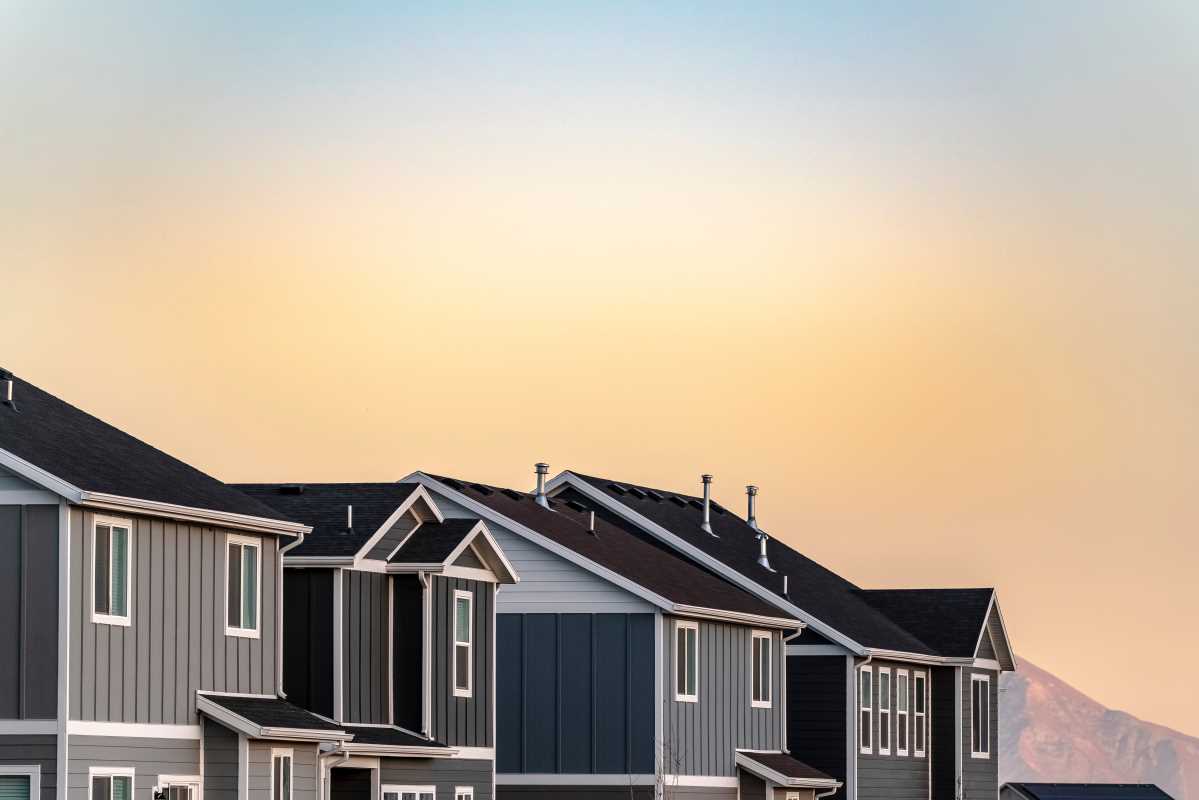Urban real estate development involves navigating complex environmental compliance requirements to ensure every project meets legal and ecological standards. Understanding the essential rules, recognizing common challenges, and applying practical solutions can make the development process smoother and more straightforward. By following clear guidelines, you can manage your projects confidently, address any obstacles that arise, and maintain respect for both legal boundaries and the environment. This guide breaks down what you need to know and offers realistic ways to stay compliant, making it easier to balance progress with responsibility throughout each phase of your work.
When developers focus on urban projects, they encounter a mix of strict rules and opportunities to incorporate sustainability. Knowing what is expected and how to meet those expectations often makes the difference between smooth progress and legal problems. We’re here to explain the process so you can navigate the landscape with confidence.
Understanding Environmental Compliance Requirements
Building in urban areas requires a clear grasp of the limits and opportunities set by the law. You must follow guidelines established by local, state, and federal bodies to avoid fines and ensure your project does not harm the surroundings. Here, understanding the requirements is the first step toward a compliant development process.
The following points highlight some key areas and agencies that typically influence environmental compliance in urban real estate projects:
- Local environmental protection agencies that establish specific urban guidelines.
- State regulatory bodies overseeing larger environmental impact issues.
- Federal laws and initiatives, including landmark acts that govern land and water use.
- Municipal building and zoning departments that enforce local ordinances.
Pre-Development Environmental Assessments
Before starting construction, conducting a thorough environmental assessment can reduce surprises later in the process. Doing these studies helps you determine the potential impact on local ecosystems and sharpens your plans for risk management. Early reviews enable you to make adjustments that keep your project on schedule and compliant with all necessary standards.
These assessments usually involve investigations into soil quality, water resources, local wildlife, and any hazardous materials present on the site. Taking these steps allows you to identify red flags and explore ways to reduce risks before developers start breaking ground.
Best Practices for Sustainable Design and Construction
Integrating sustainability into your project is more than a buzzword—it involves building smart and safe structures that respect natural surroundings. Here, you can follow practical steps that balance environmental care with urban development. These ideas come from real-life projects where sustainable principles have been successfully put into practice.
Consider these actionable tips when planning your design and construction phases:
- Select building materials that reduce environmental harm and promote energy efficiency.
- Design open spaces and green roofs to support local flora, which also helps regulate city temperatures.
- Implement energy-saving systems and renewable energy sources to lower the project's carbon footprint.
- Add water-saving fixtures and designs that manage runoff and reduce the risk of local flooding.
Implementing Ongoing Monitoring and Reporting
Tracking environmental impacts throughout the construction and operation stages remains essential. Regular monitoring ensures that the project adheres to environmental guidelines and helps you identify unexpected issues early. This vigilance can save you from serious legal problems and costly adjustments later.
Here are several tools and techniques that work well in most urban development projects:
- Online dashboards that monitor energy use and water consumption in real time.
- Regular onsite inspections to verify adherence to environmental standards.
- Automated reporting systems that detect anomalies and help keep documentation organized.
- Environmental impact studies performed by independent experts to provide an unbiased review.
Avoid Legal Risks
Staying away from legal pitfalls is not as difficult as it might seem if you stay informed and proactive. Mistakes in environmental control can lead to fines, project delays, and sometimes serious legal claims that discourage future development. Preventing these issues begins with a thorough understanding of your legal responsibilities.
To make the process smoother, keep these ideas in mind: In many cases, legal issues can be minimized by following guidelines from reputable sources.
Keeping open communication with legal experts throughout your project remains one of the best ways to prevent legal setbacks. Regular consultations with professionals experienced in urban development and environmental law can help you stay ahead of potential problems.
This discussion guides you through each phase from initial planning to final legal checks in urban development projects. Knowing the real stakes and addressing challenges directly can turn potential hurdles into manageable steps on your project’s journey.
By following these practices, you comply with environmental laws and build trust with stakeholders and regulators. Respecting nature and using practical building methods benefits everyone involved.
 (Image via
(Image via





